OAO Kuznetsov. Production of rocket, aviation and ground propulsion systems
OJSC Kuznetsov is the leading engine building company in Russia. Here we design, manufacture and repair missile, aviation and gas turbine units for the gas industry and energy.
With these engines, the Vostok, Voskhod, Soyuz manned spacecraft and Progress automatic transport cargo space vehicles were launched. 100% of manned space launches and up to 80% commercial are produced using engines RD107 / 108 and their modifications made in Samara. The production of the plant is of particular importance for maintaining the combat readiness of long-range aviation in Russia. At Kuznetsov, the NK-12 engines for the Tu-95MS, NK-25 long-range bombers for the Tu-22М3 and NK-32 bombers for the unique Tu-160 bombers were designed, manufactured and serviced.
Today, the Samara enterprise is faced with the task of restarting the production of NK-32 02 engines, increasing the production volumes of rocket engines, increasing the reliability of industrial engines for Gazprom, and developing promising aviation developments.
1. 55 years ago in Samara began to produce rocket engines in series, which not only raised the first cosmonaut Yuri Gagarin into orbit, but have been used by Russian cosmonautics and heavy aircraft for more than half a century. The Kuznetsov enterprise, which is part of Rostec State Corporation, united several large Samara factories. At first they were engaged in the production and maintenance of engines for Vostok and Voskhod rocket carriers, now for the Soyuz. The second direction of the work of Kuznetsov today is powerplants for aircraft.
OAO Kuznetsov is part of the United Engine Corporation (UEC).
2. Mechanical processing production.
This is one of the initial stages of the engine production process. High-precision processing and test equipment is concentrated here. For example, the DMU-160 FD milling machining center is capable of processing large-sized parts of complex shape with a diameter of up to 1,6 meters and weights of up to 2 tons.
3. The equipment is operated on 3 shifts.
4. Processing the stator rings of the NK-32 engine compressor on a turning-and-boring lathe.
5. The NK-32 is mounted on the Tu-160 strategic bomber, and the NK-32-1 in 1996 is installed on the Tu-144LL flying laboratory.
6. The installation speed allows you to process seams up to 100 meters per minute.
7. Metallurgical production.
This section is capable of casting blanks with a diameter of up to 1600 mm and a weight of up to 1500 kg, which are necessary for body parts of gas turbine engines for industrial and aviation use. The photo shows the process of pouring parts in a vacuum-melting furnace.
8. Fragment of the gating system after pouring.
9. Casting control by LUM-A method.
10. Type tests of the rocket engine valve in the conditions -55 ° C.
11. Tests are the process of cooling a bath of alcohol with liquid nitrogen to a specified temperature.
12. Site assembly models of blades in the model block.
13.
14. Profile control compressor blades.
15. The calcining of ceramic blades in an electric furnace.
16. Putting ceramics on a blade model.
17. The process of induction soldering nozzle of the combustion chamber of the rocket engine. The process temperature is 975 ° C.
18. Installation of half-rings on the critical section of the combustion chamber of the rocket engine at the welding site.
19. Milling the fuel channels of the combustion chamber of the rocket engine.
20. "Outer jacket" nozzle combustion chamber taxiways with markings for X-ray control.
21. Assembling the steering unit RD. It is installed together with the main propulsion RD-107А / РД-108А for control and thrust vectoring.
22. Combustion chambers.
23. Now, about 12 thousand people work at Kuznetsov.
24. Assembly of the next prototype of the NK-361 engine for the Russian railway.
A new direction in the development of OAO Kuznetsov is the production of mechanical drives for the GTE-8,3 / NK power unit for the traction section of the main gas turbine locomotive based on the NCD-361 GTE.
25. The first prototype of a gas turbine locomotive with an NK-361 engine in 2009 during tests on an experimental ring in Shcherbinka held a train weighing more than 15 thousand tons, consisting of 158 cars, setting a world record.
26. Shop final assembly of aircraft gas turbine engines.
27. Assembly of the afterburner assembly of the engine NK-32.
28. The NK-25 engine is a turbojet engine for the Tu-22М3, the main Russian medium-range bomber. Along with the NK-32 has long been one of the most powerful aircraft engines in the world.
29. Binding engine NK-25.
30. Control of the NK-32 engine shell before assembly.
31. Afterburner fuel manifold.
32.
33. Assembly fitters at work on the assembly of NK-14CT.
Gas turbine engine NK-14CT is used in the composition of the unit for the transport of gas. Interestingly, the engine uses natural gas pumped through pipelines as fuel. It is a modification of the engine NK-12, which was installed on the strategic bomber Tu-95.
34. Shop final assembly of serial rocket engines.
It assembles RD-107А / RD-108А engines developed by NPO Energomash. These propulsion systems are equipped with the first and second stages of all launch vehicles of the Soyuz type.
The principles of the RD-107 and RD-108 are similar, but the purpose is different. One hundred and seventh is on the first stage of the rocket, and one hundred and eighth - on the second.
35. The company's share in the rocket engine segment in the Russian market is 80%, for manned launches - 100%. Engine reliability - 99,8%. Launch vehicles with the engines of OAO Kuznetsov are carried out from three cosmodromes - Baikonur (Kazakhstan), Plesetsk (Russia) and Kuru (French Guiana). The launch complex for the Soyuzy will also be built at the Russian Vostochny cosmodrome (Amur region).
36. The full cycle of creating a rocket engine is about 10 months.
37. Check rocket engine configuration during assembly.
38. Preparation of the product for final delivery to control services and the customer’s representative.
39. Here, in the workshop, work is underway on the adaptation and assembly of the NK-33 rocket engine, designed for the first stage of the Soyuz-2-1в light-launch vehicle.
40. Engine NK-33 - one of those that was planned to destroy after the closure of the lunar program. The engine is easy to operate and maintain, and at the same time has high reliability. At the same time, its cost is two times lower than the cost of existing engines of the same class in terms of load. NK-33 demanded even abroad. Such engines are installed on the American Antares rocket.
41. The operation of heat shrinking protective tube wires aviation strand.
42. Preparing for the wiring of the wiring pins in the electrical connector of the aviation cable.
43.
44. In the workshop of the final assembly of rocket engines there is an entire gallery with photos of Soviet and Russian cosmonauts who were sent to space on rockets with Samara engines.
45. Installation of the engine NK-14ST on the test bench.
46. Podstkovka oil system to the engine for testing.
47. Console test bench.
48. Piezometers. They are used to measure differential and low pressures when testing gas turbine engines.
49. System of noise suppression of test benches of gas turbine engines.
50. Rocket engine RD-107А / 108А on the stand. A few minutes before the start of fire tests.
It is possible to confirm almost 100% reliability of the product in only one way: send the finished engine for testing. It is mounted on a special stand and run. The power plant should work as if it is already launching a spacecraft into orbit.
51. For more than half a century of work at the Kuznetsov, about 10 thousands of liquid-propellant rocket engines of eight modifications were launched, which brought more 1800 launch vehicles of Vostok, Voskhod, Molniya and Soyuz types into space.
52. According to the minute readiness, water is supplied to the torch cooling system, a water carpet is created, which reduces the temperature of the torch and the noise from the engine running.
53. When testing an engine, registration is made about 250 parameters, which are used to evaluate the quality of engine manufacturing.
54. Inclined fire tests of a serial rocket engine at the test complex of OAO Kuznetsov in the village of Vintay.
55. The team of the settlement group processes the information received and issues a test report. According to the data obtained by the engineering staff, the test results are evaluated and a conclusion is made on its suitability for installation on the launch vehicle.
56. Preparation of the engine on the stand lasts several hours. It is tied up with sensors, testing their performance, pressure testing of highways, and comprehensive checks on the operation of the stand and engine automation.
57. Control and technological tests last about a minute. During this time, 12 tons of kerosene and about 30 tons of liquid oxygen are burned.
58. The tests are over. After that, the engine is sent to the assembly department, where it is disassembled, the components are tested, assembled, final inspection is carried out, and then sent to the customer - to JSC “RCC Progress”. There it is installed on the rocket steps.
59.
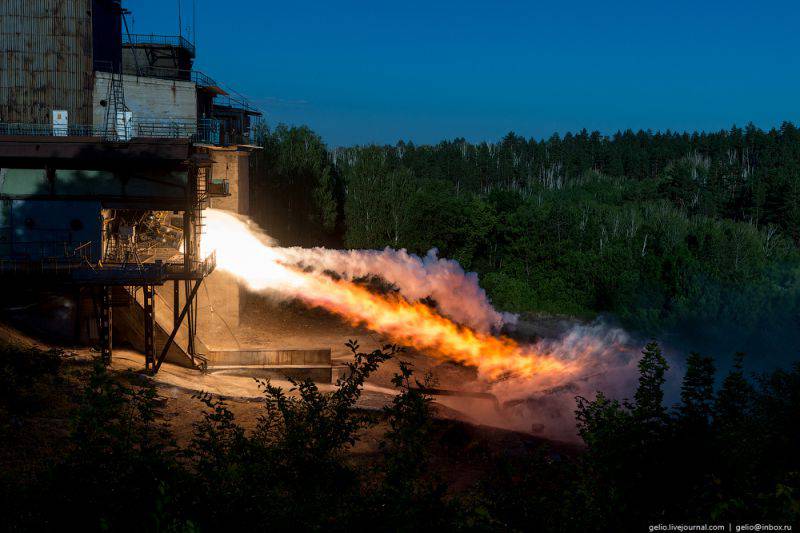
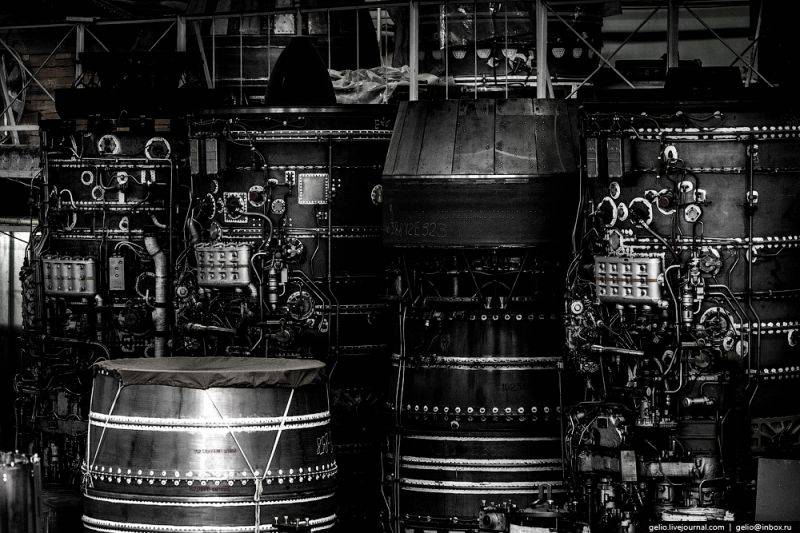
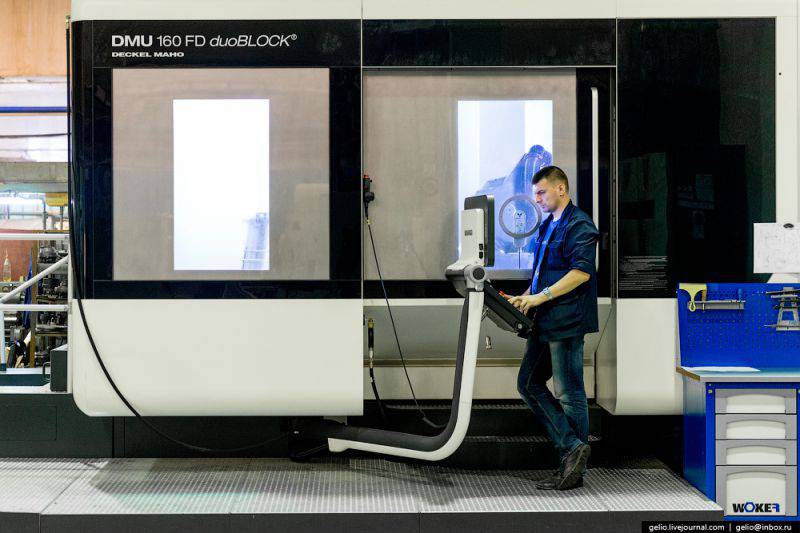
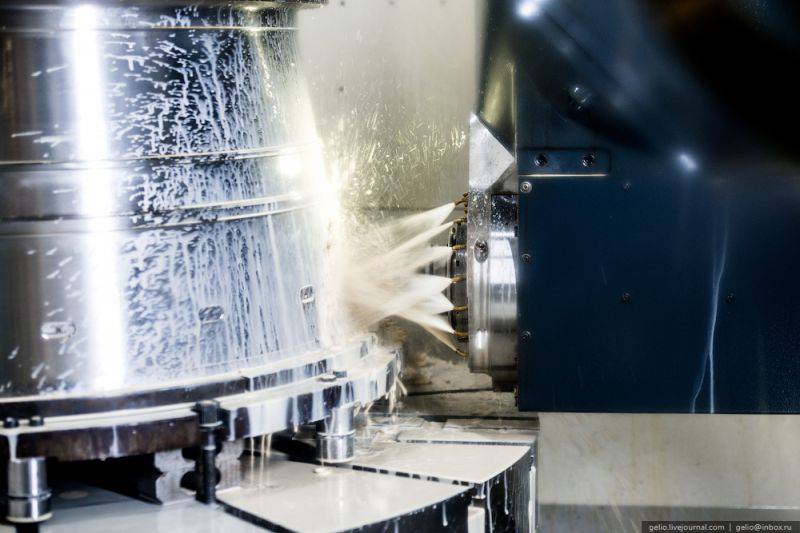
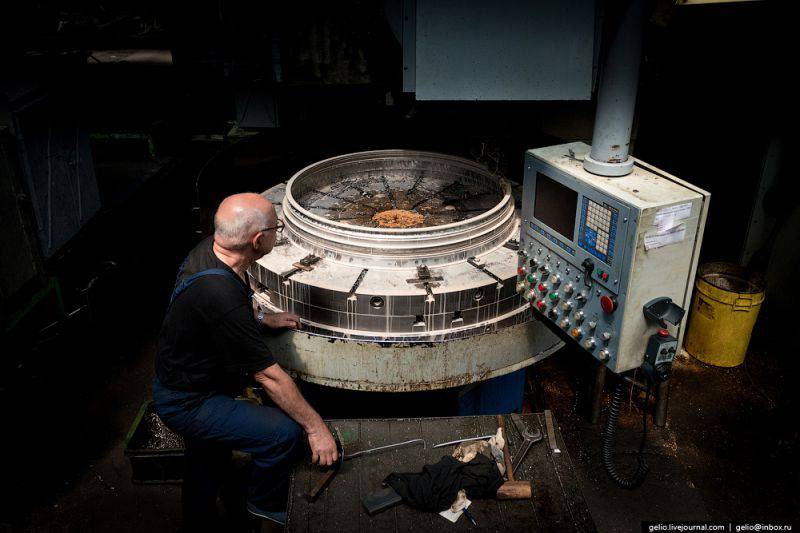
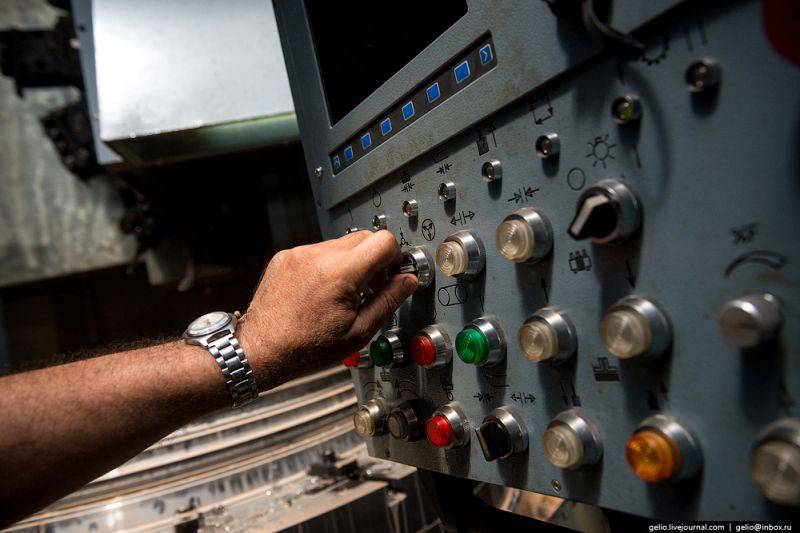
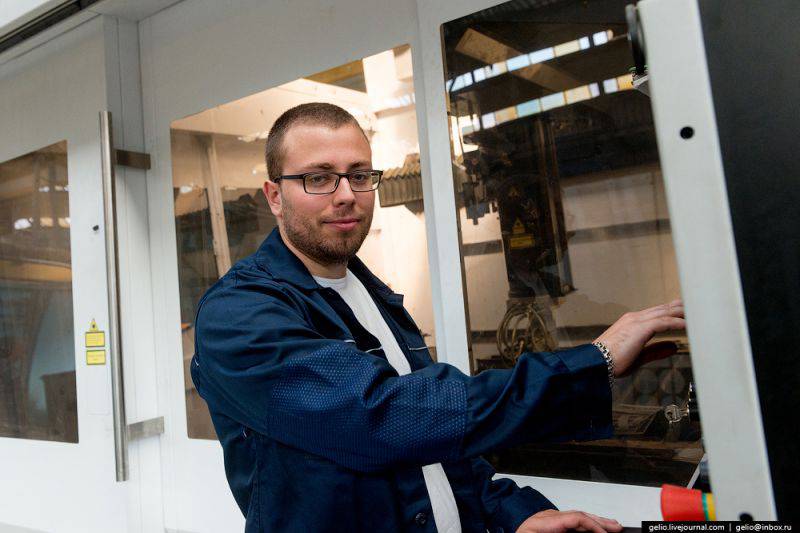
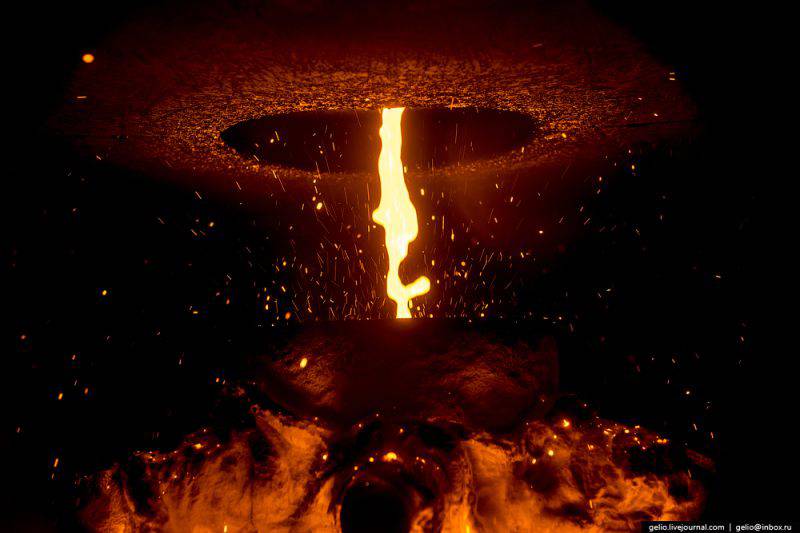

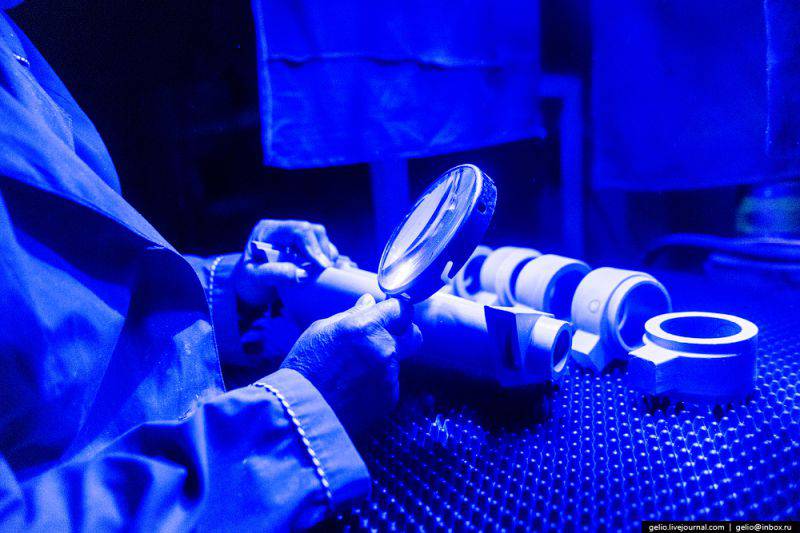
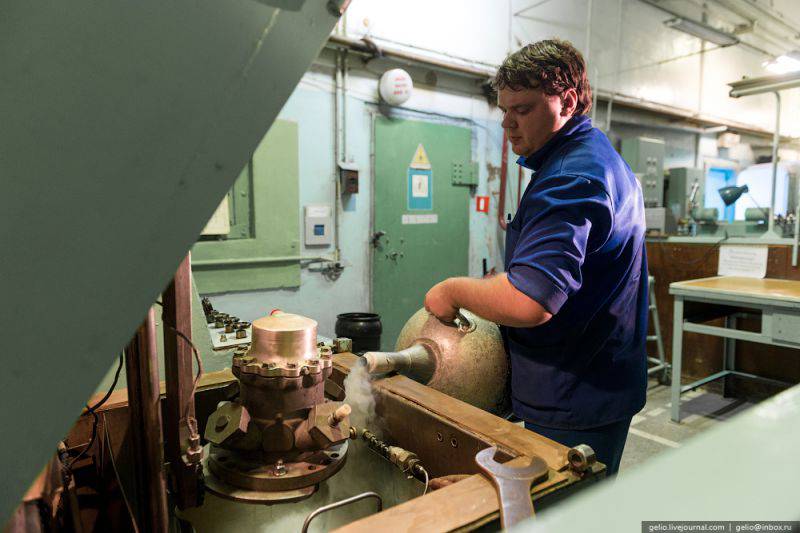
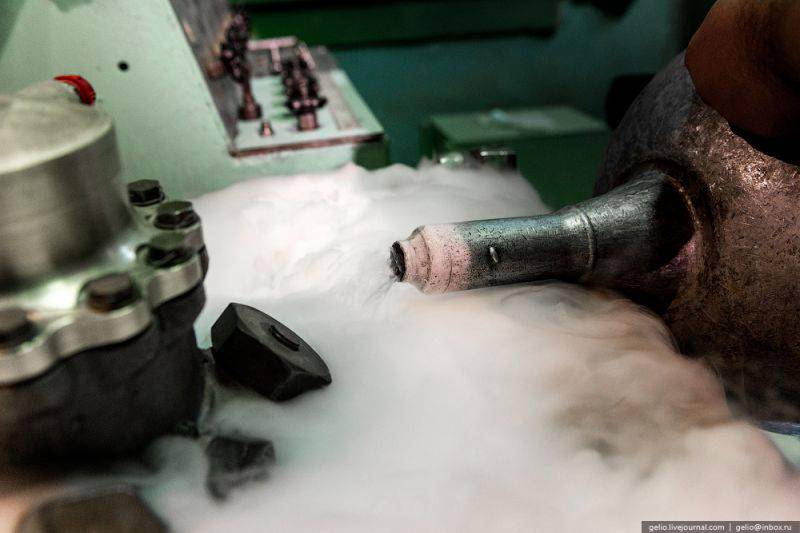
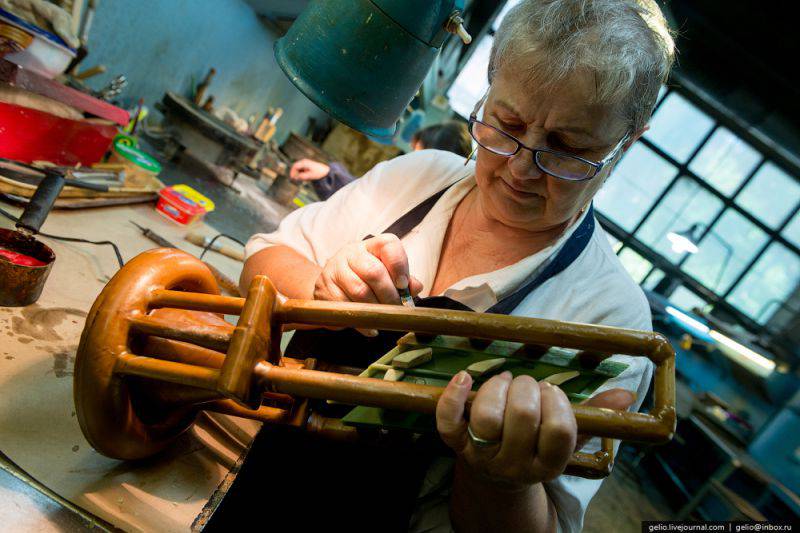
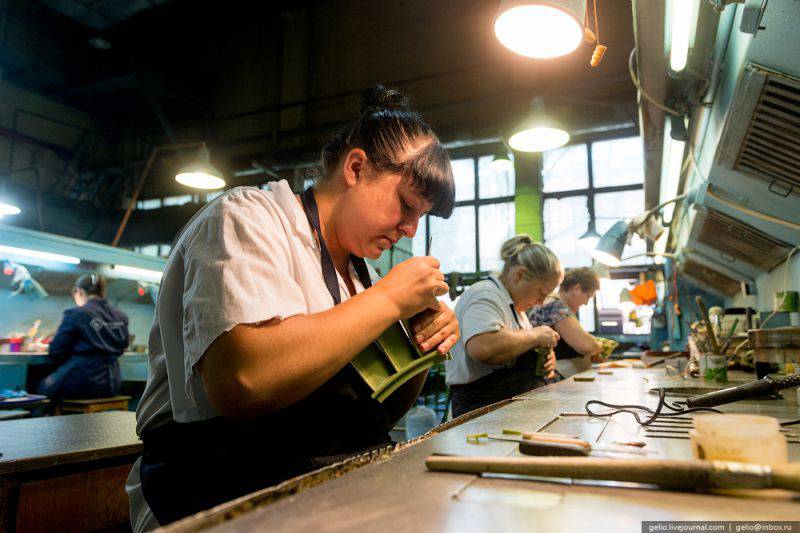
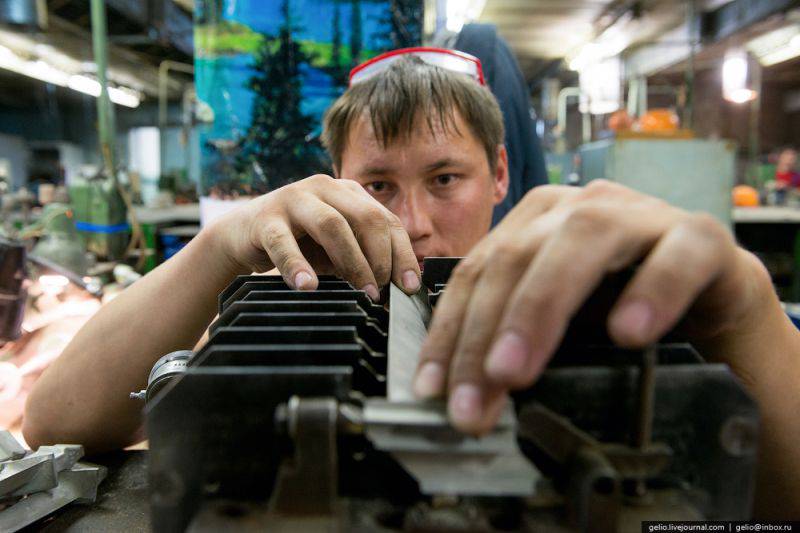
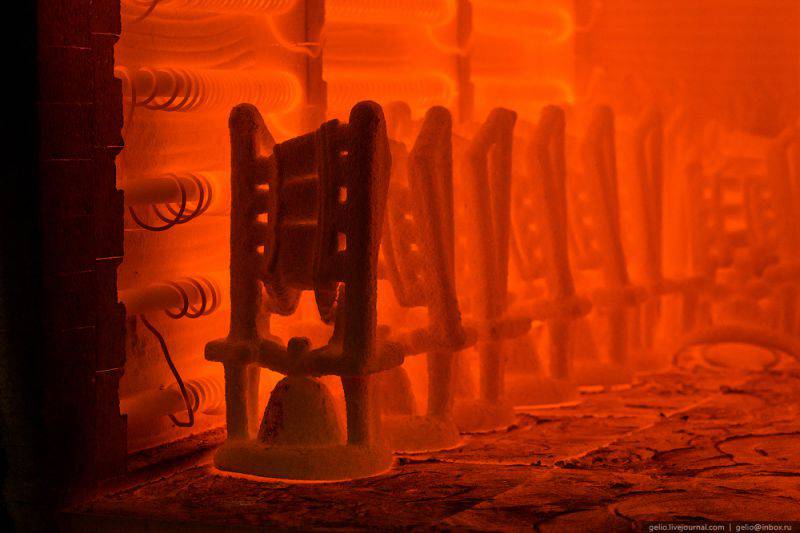
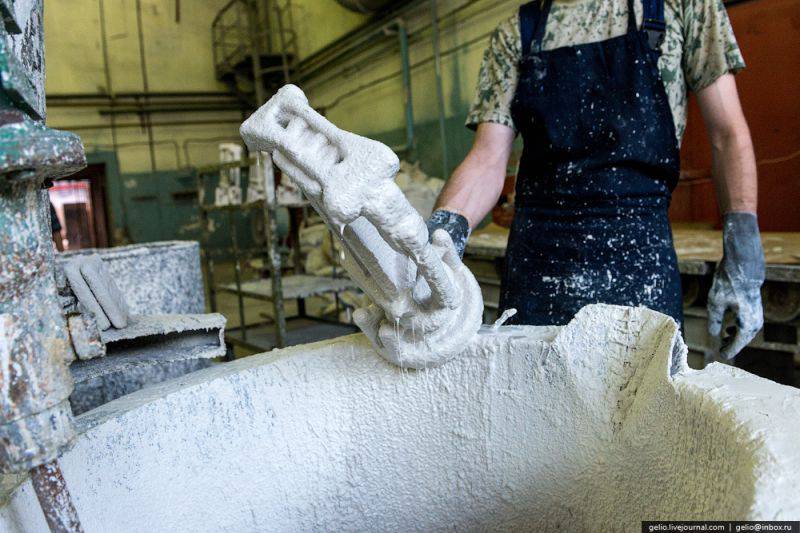
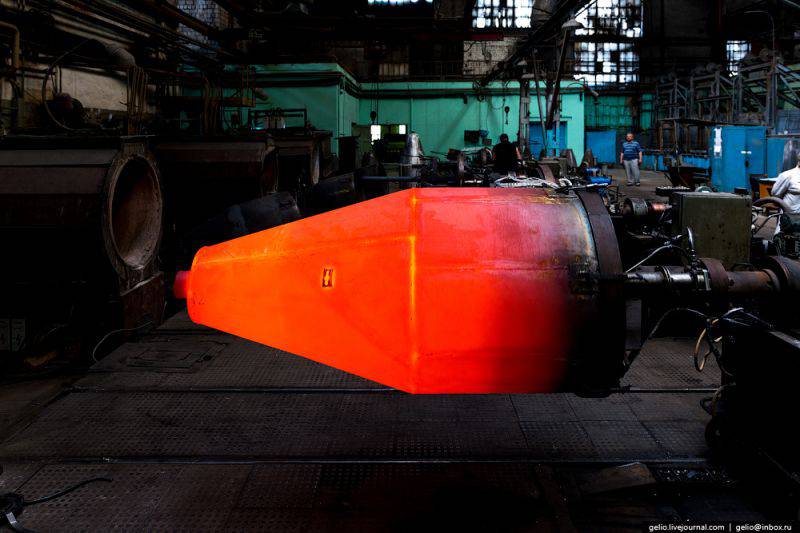
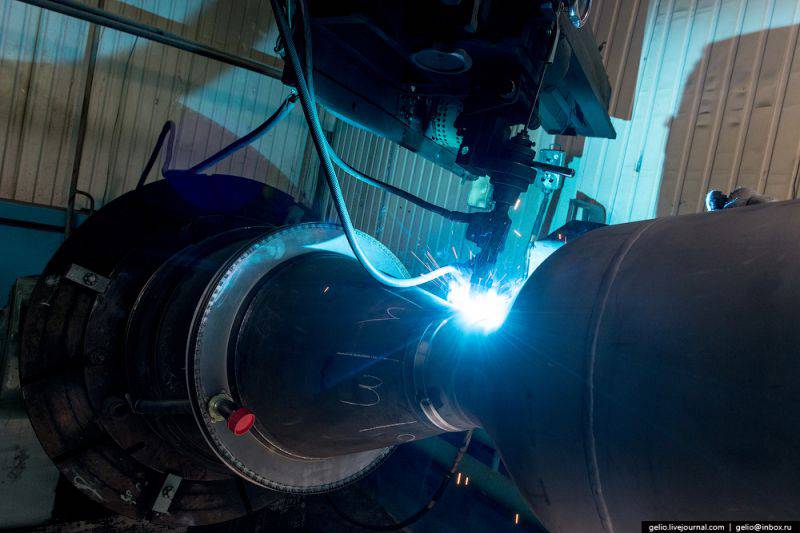
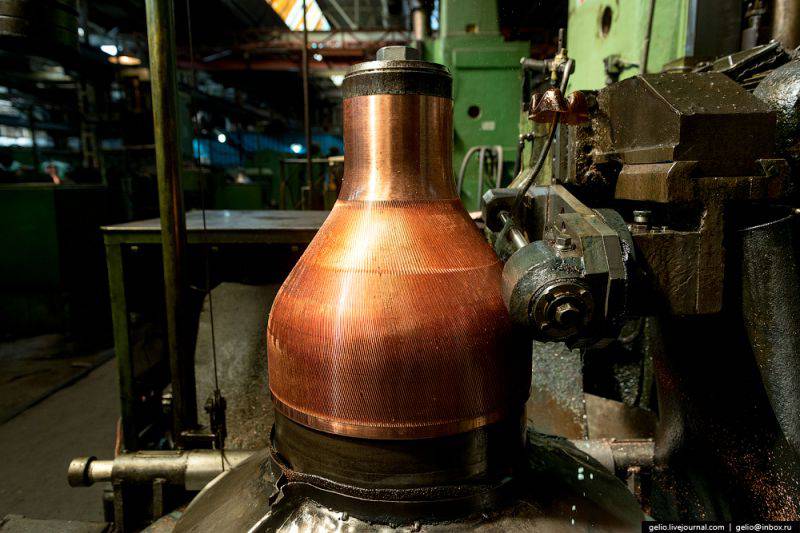
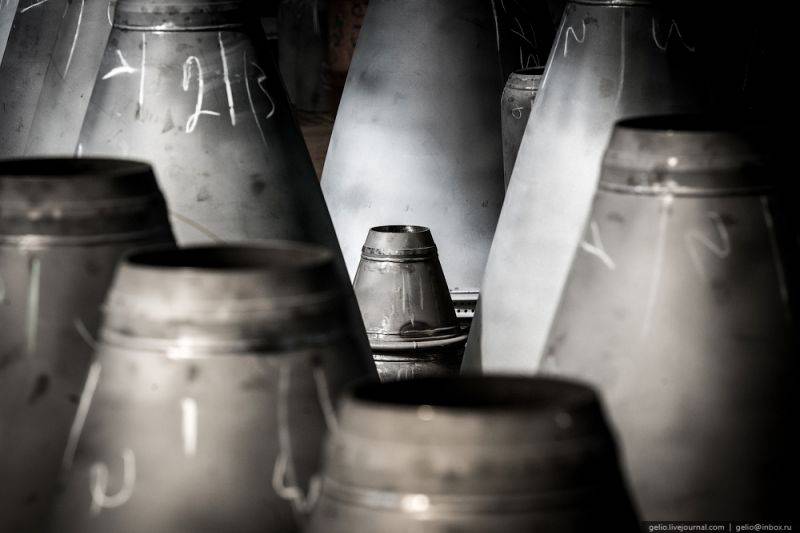
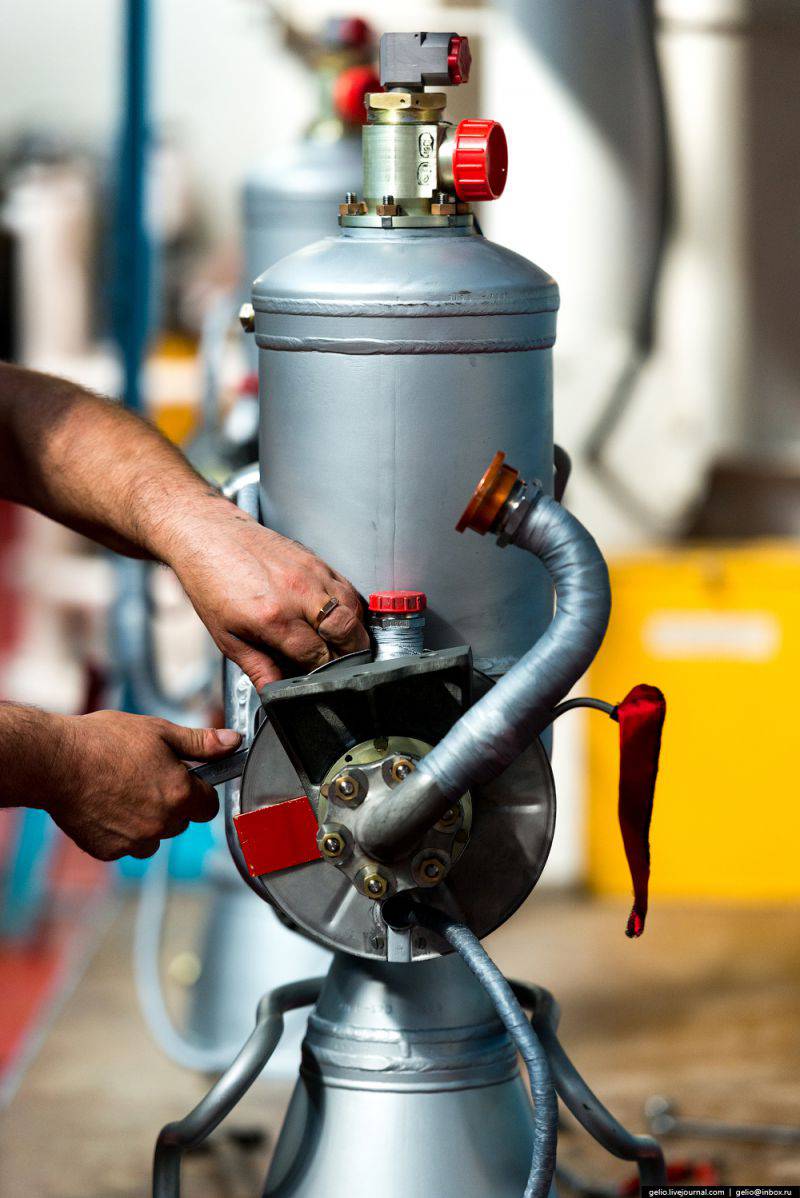
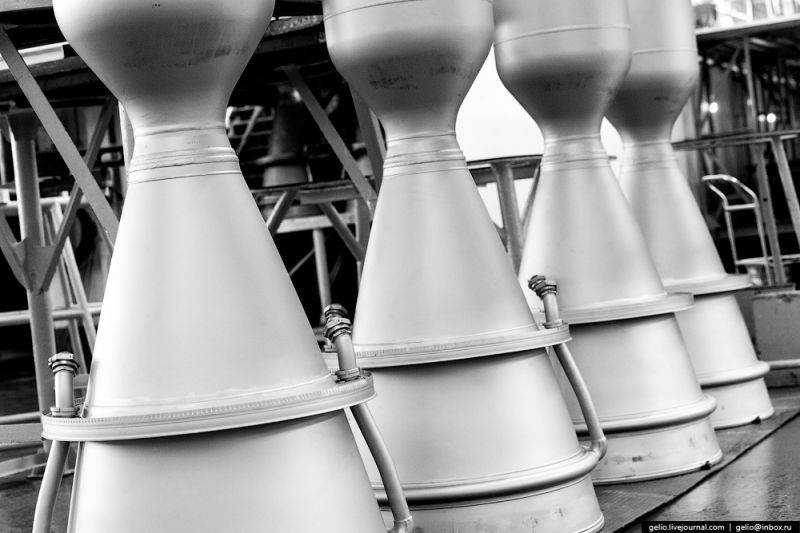
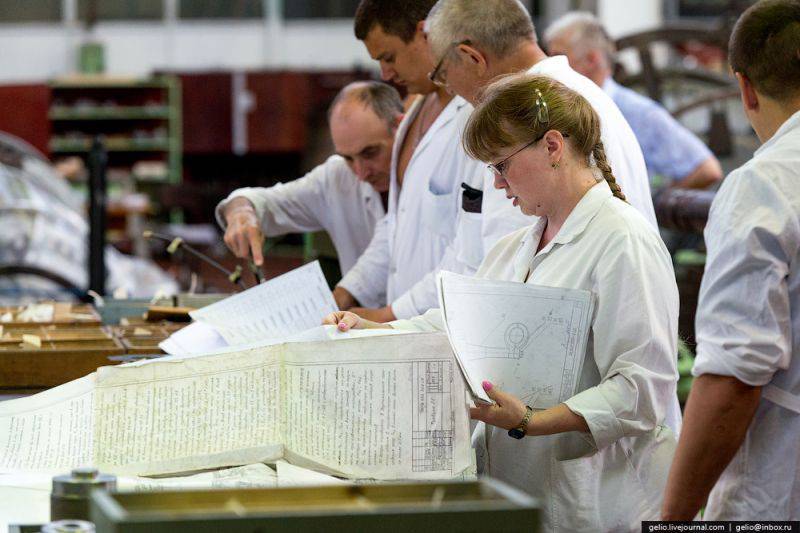
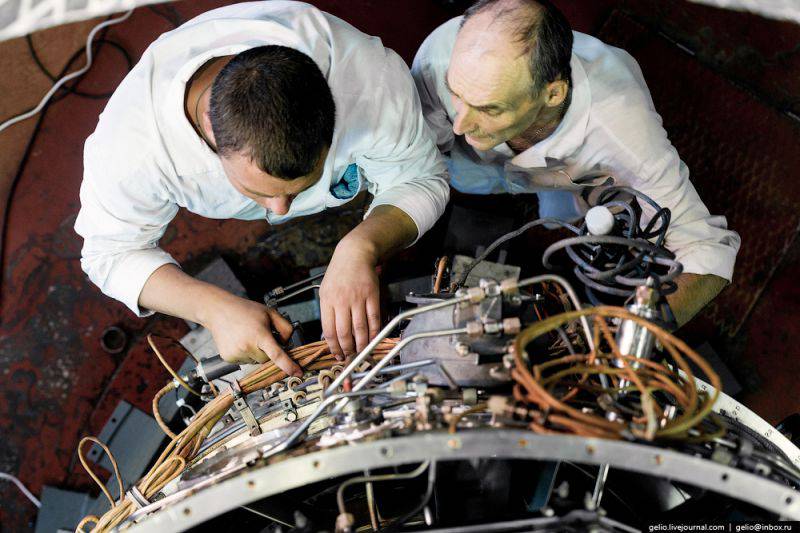
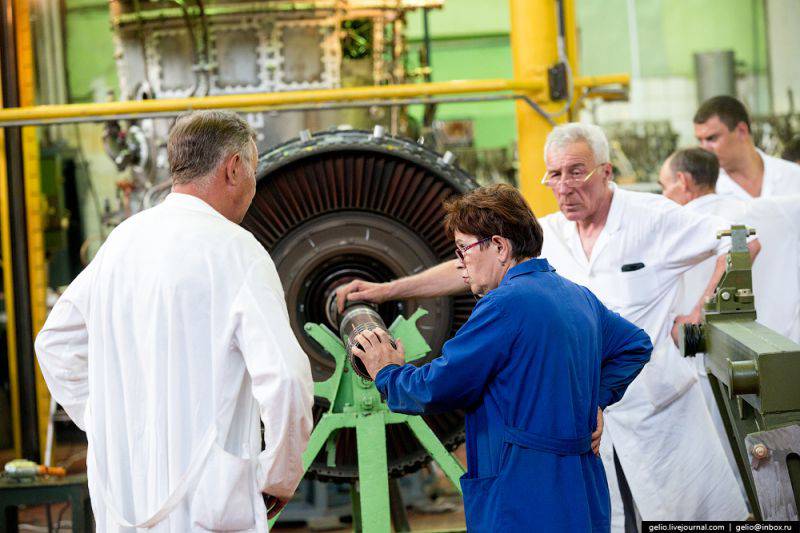
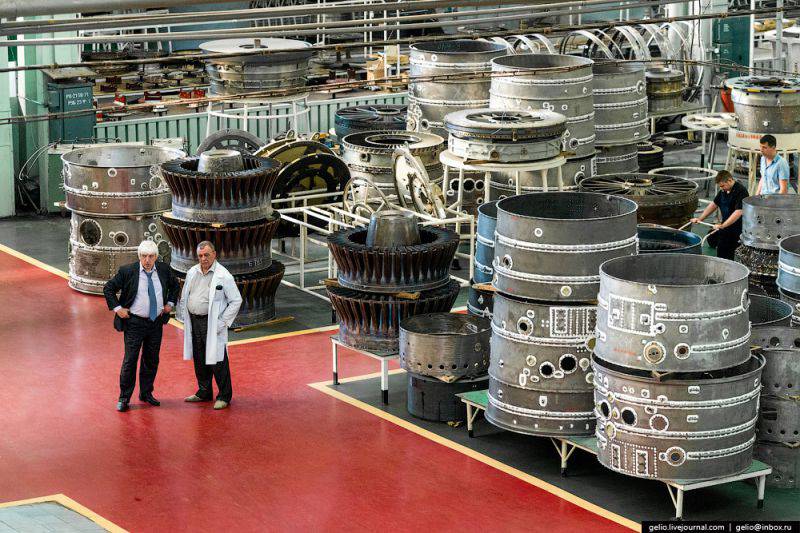
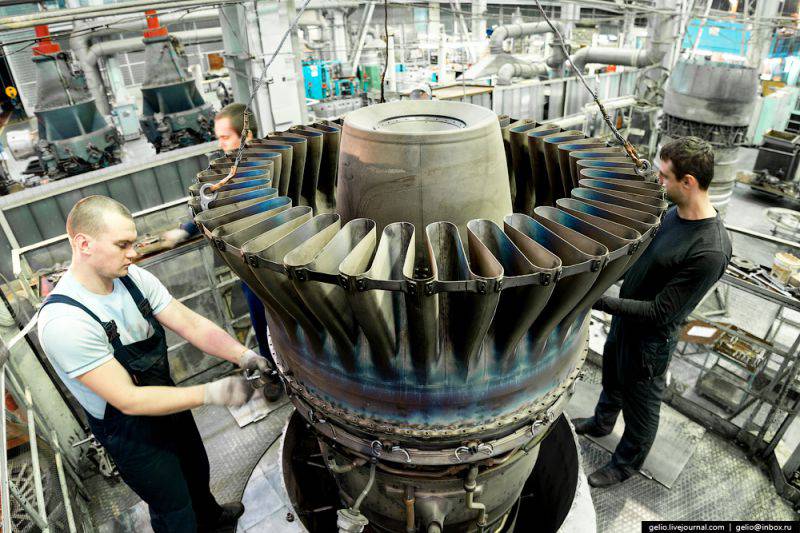
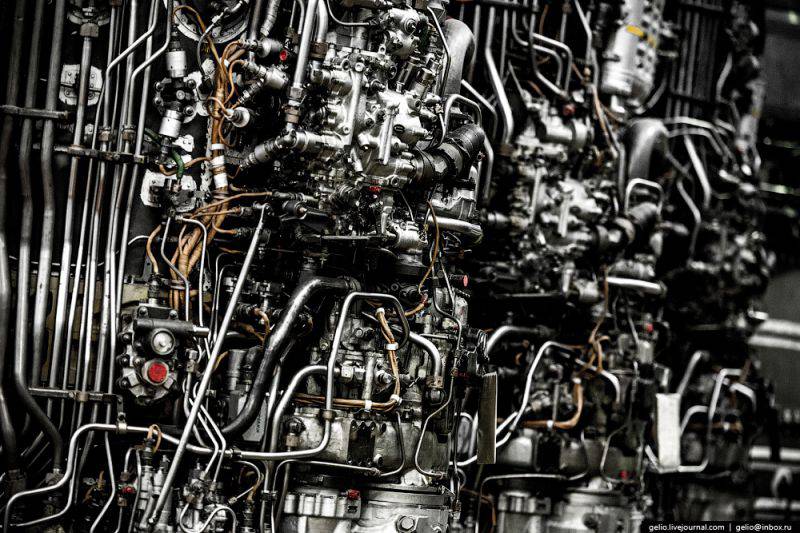
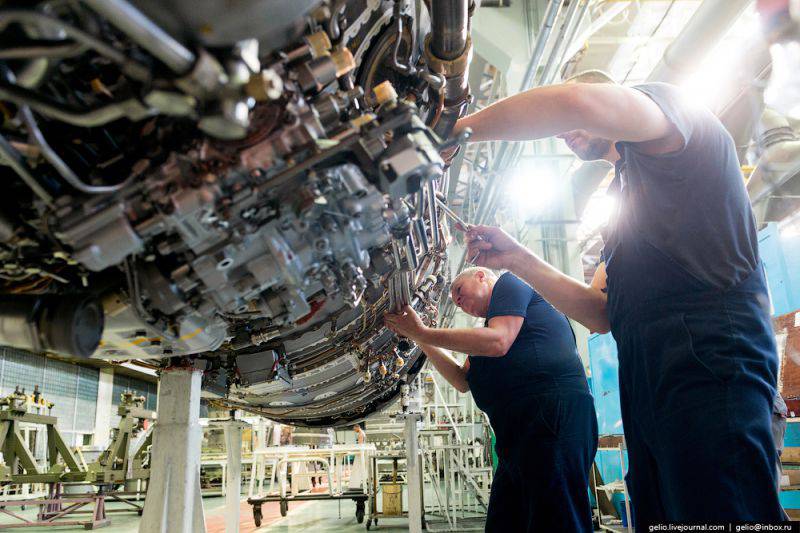
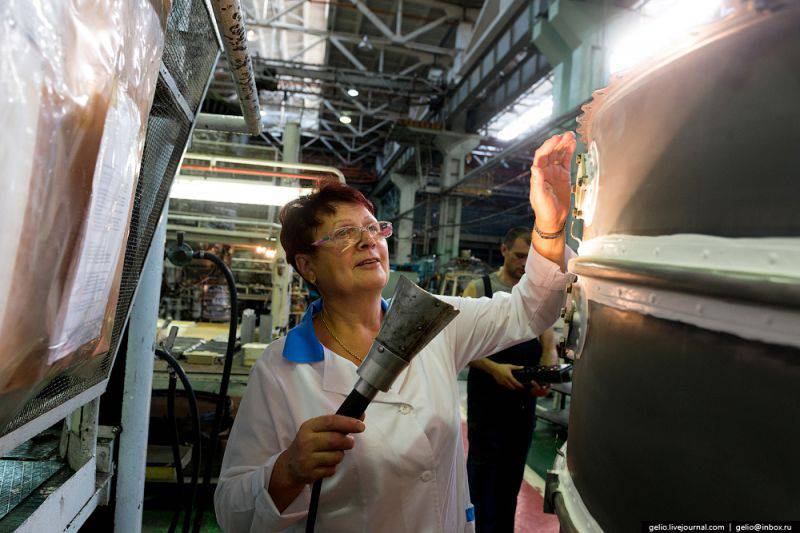
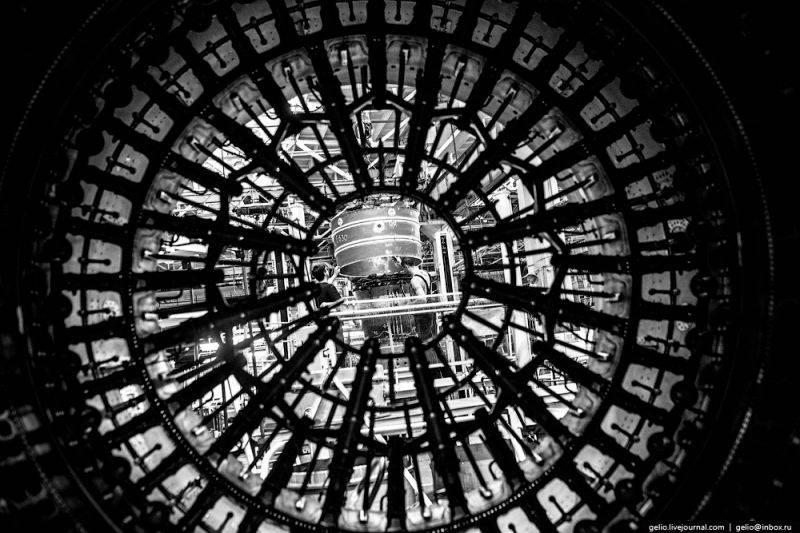
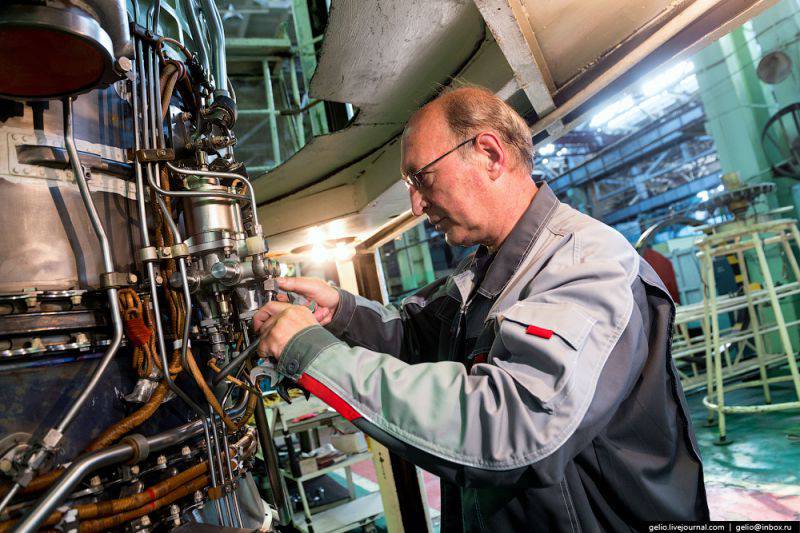
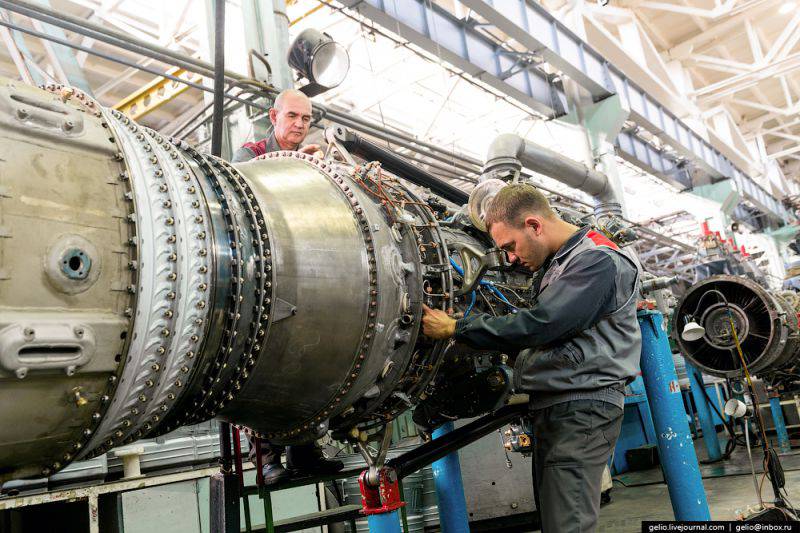
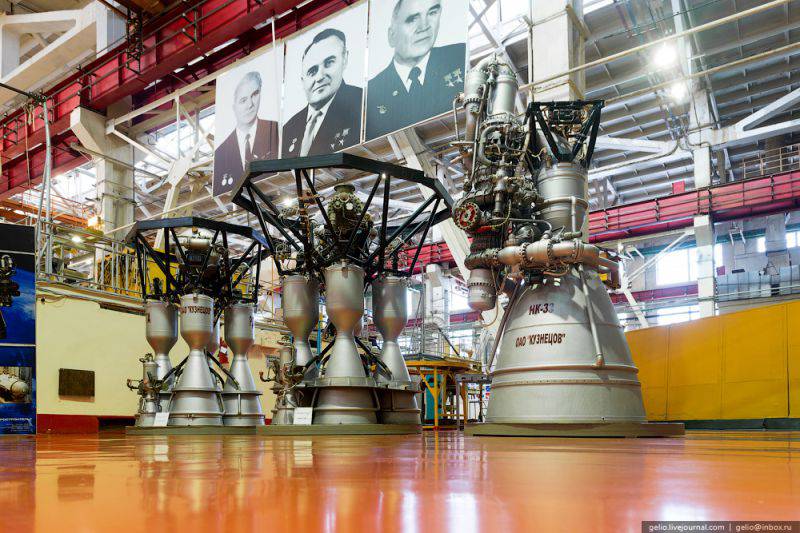
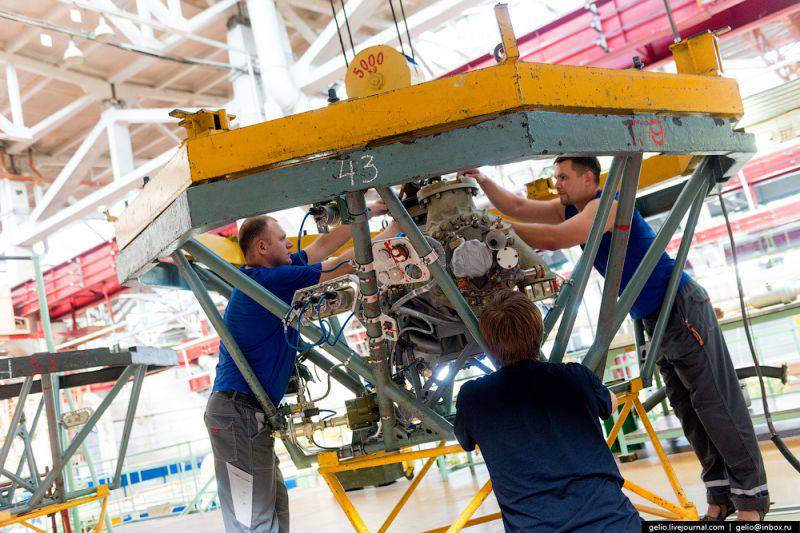
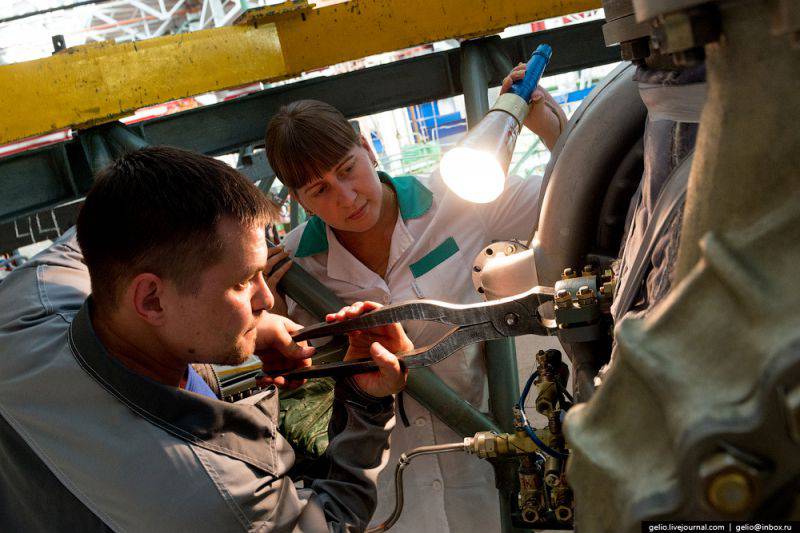
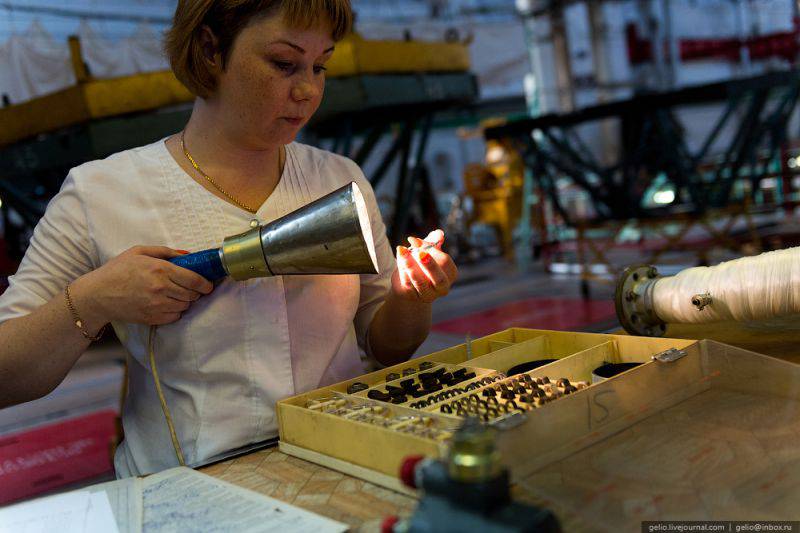
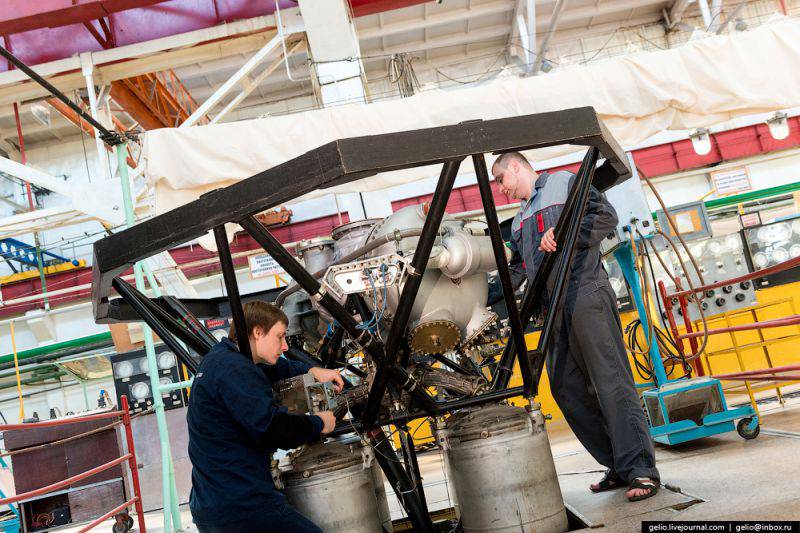
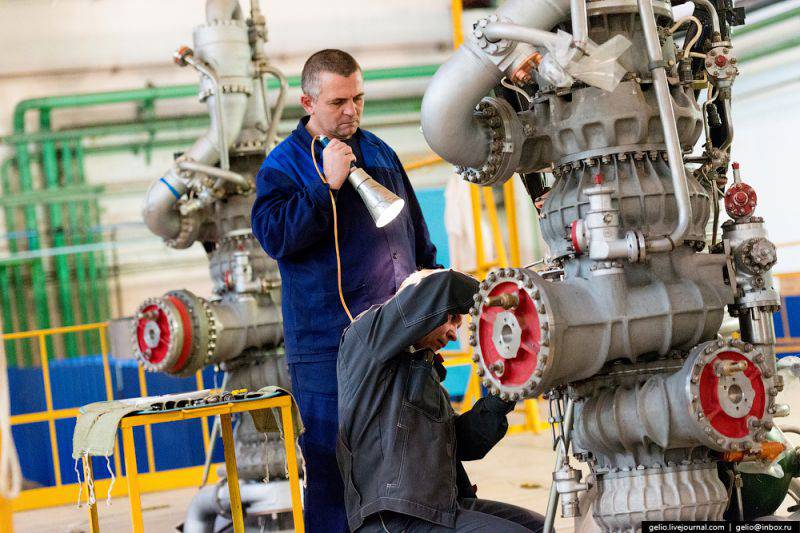
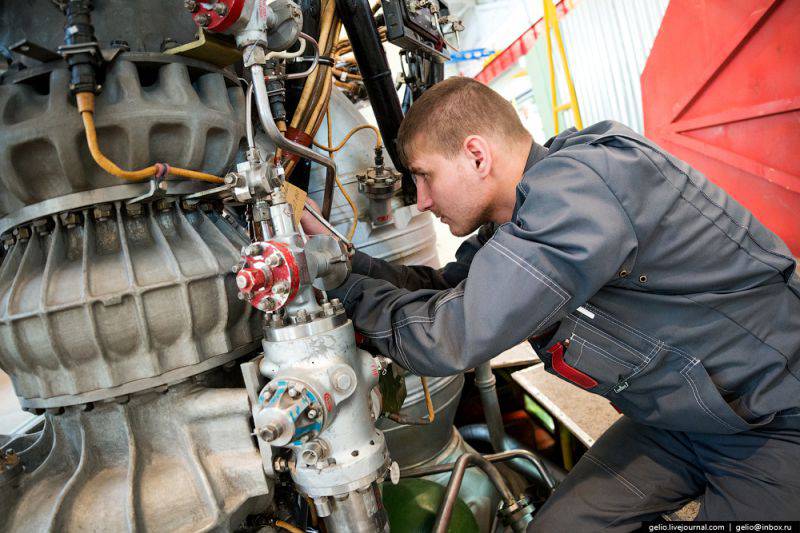
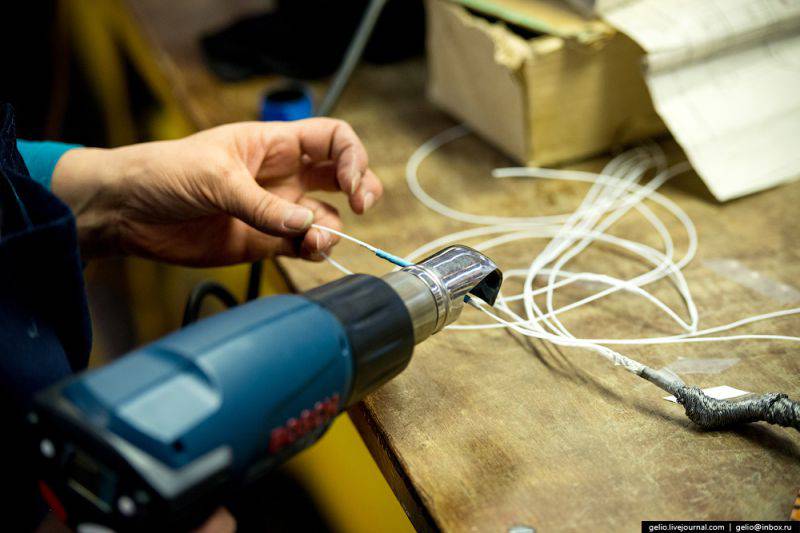
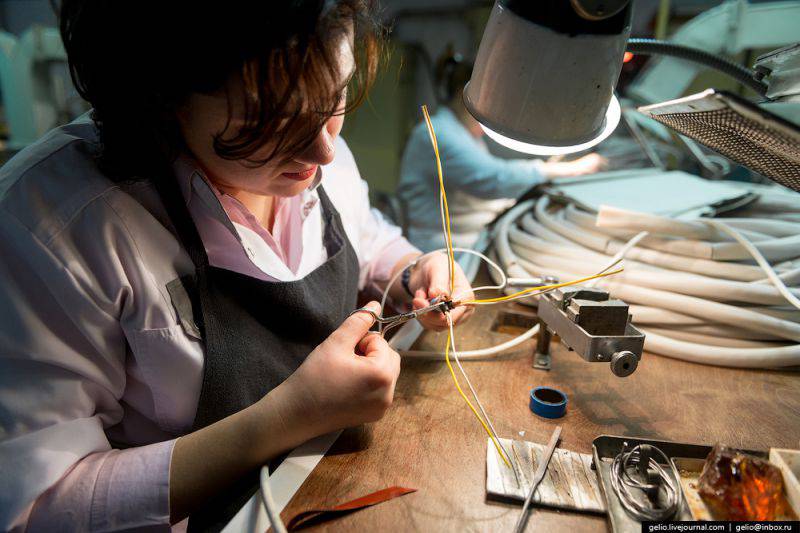
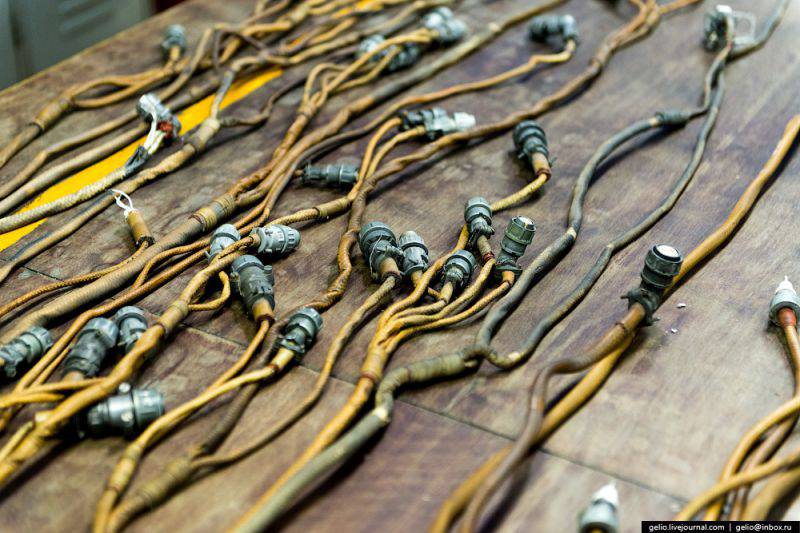
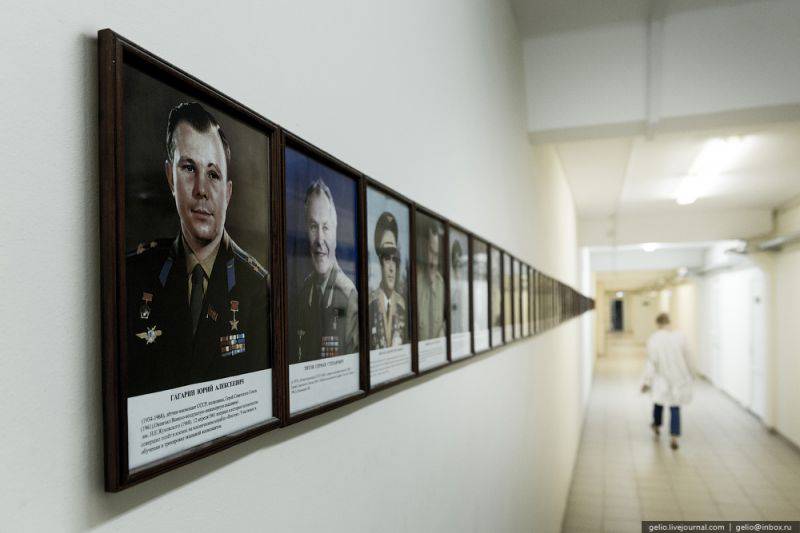
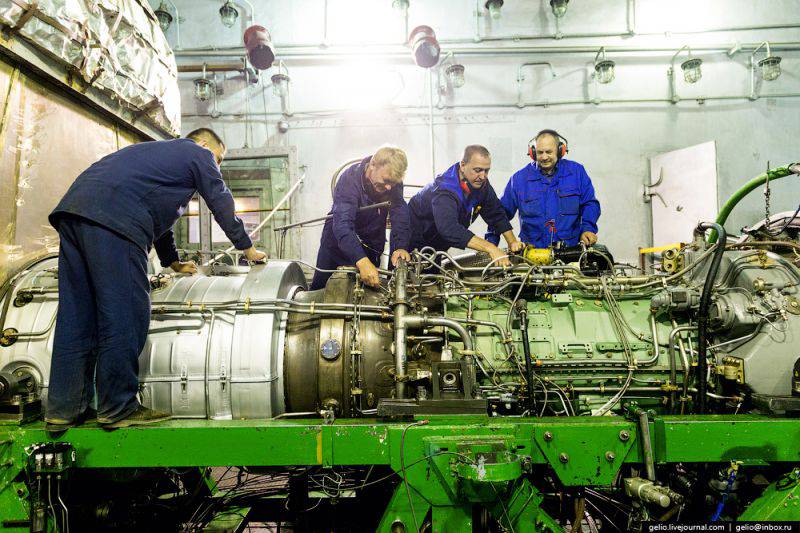
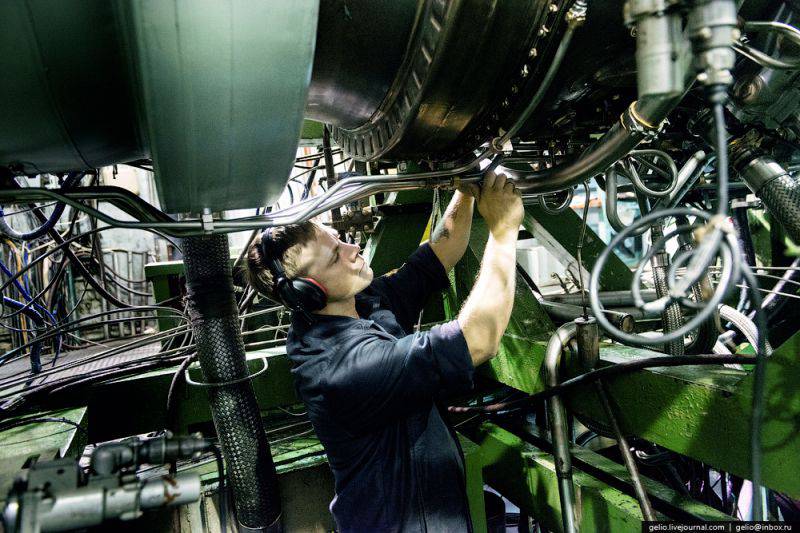
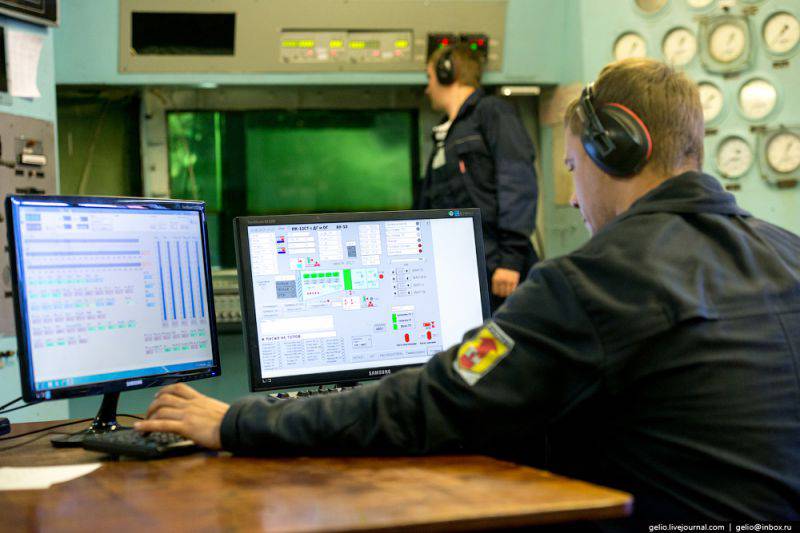
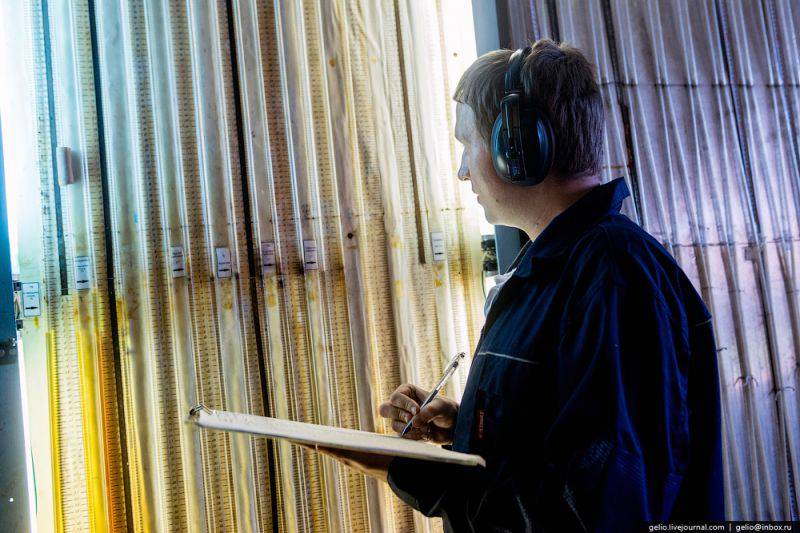
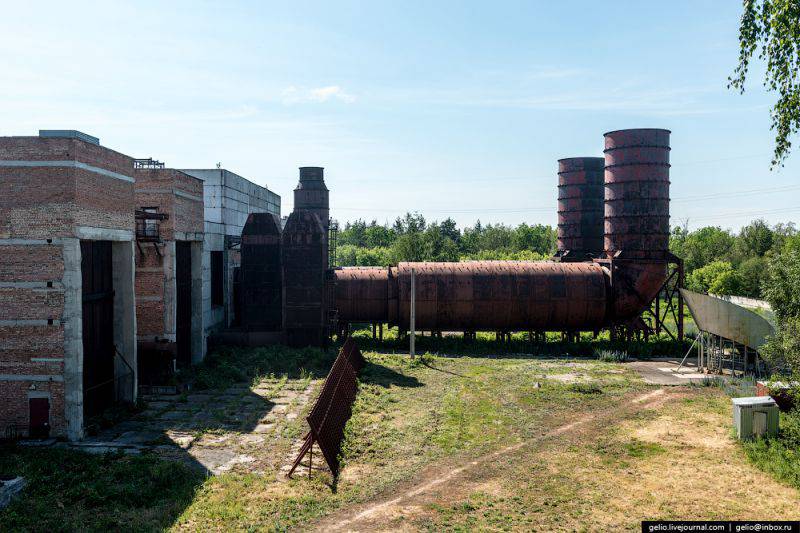
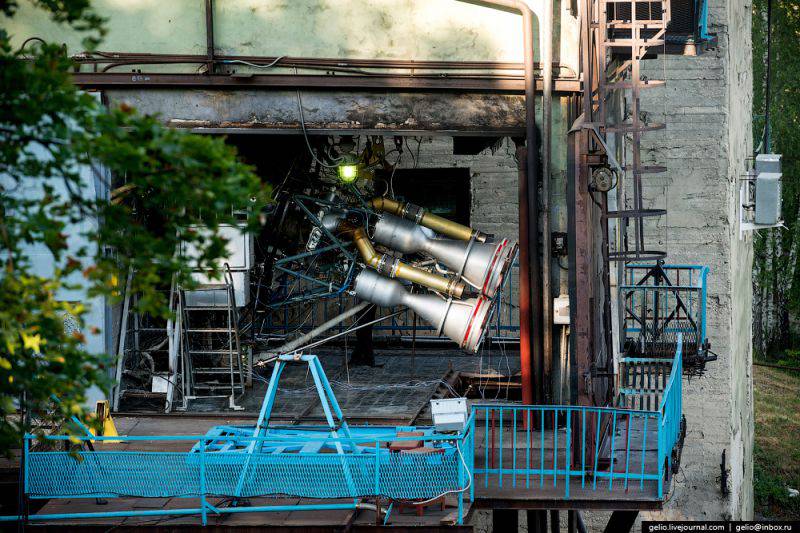
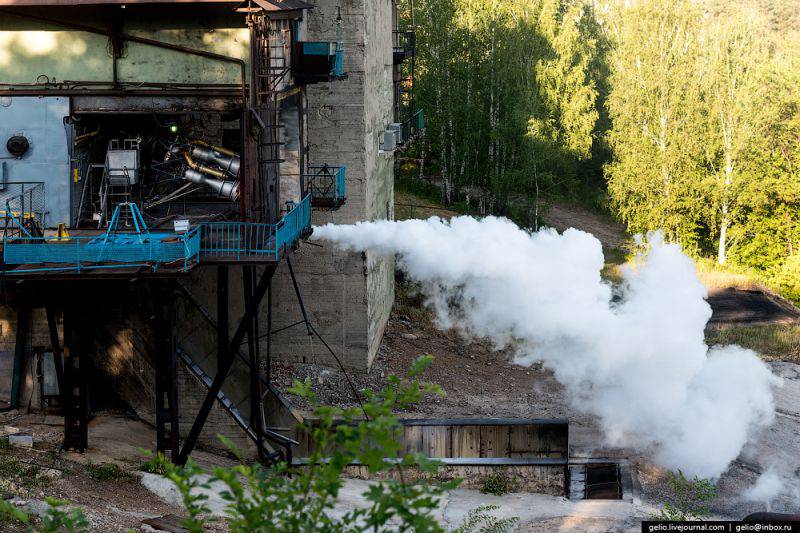
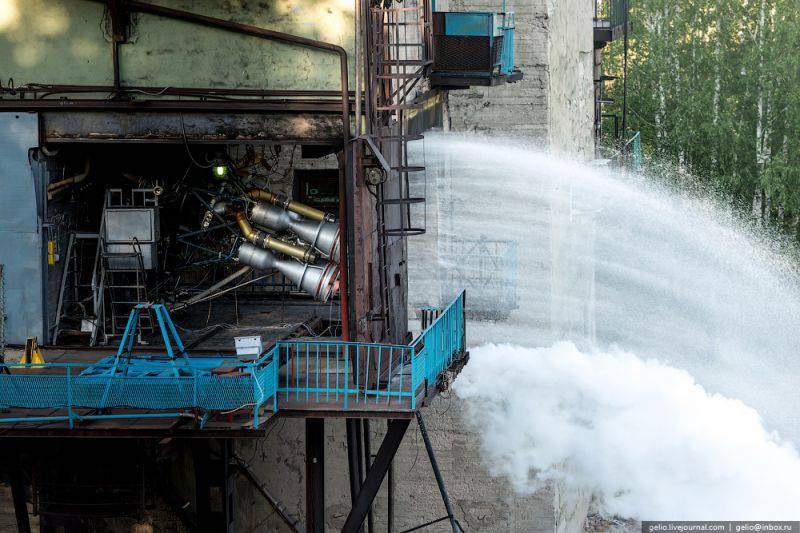
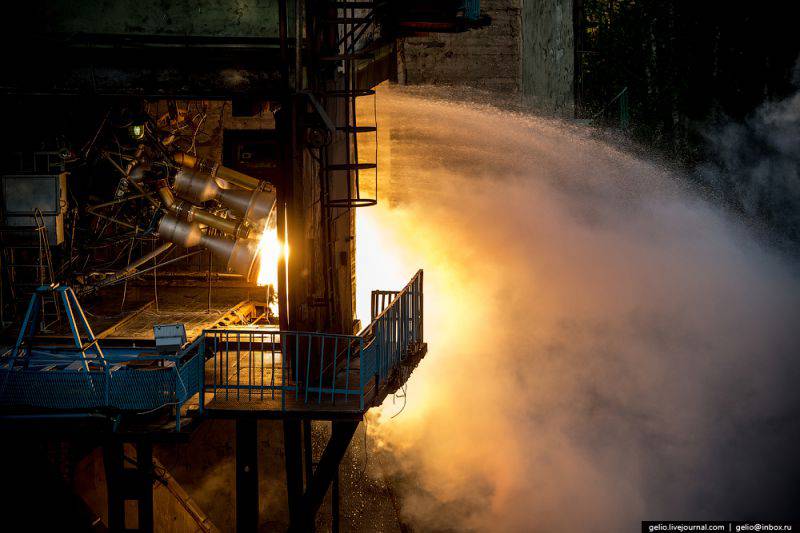
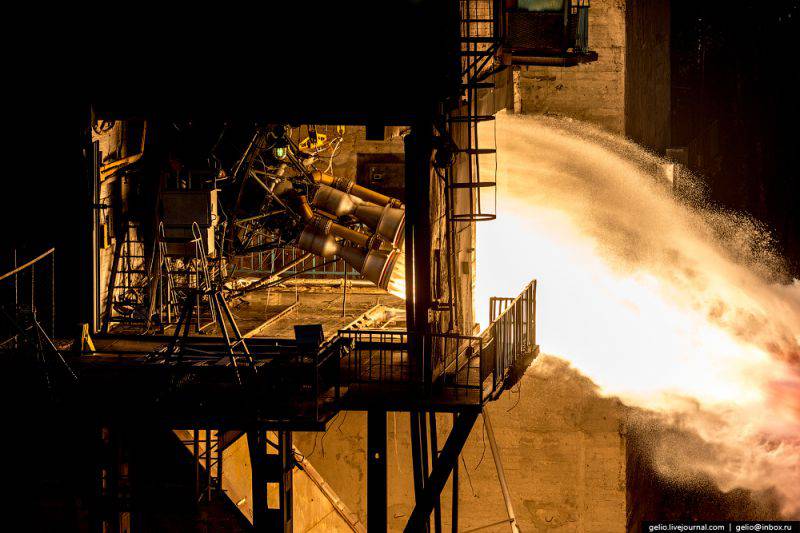
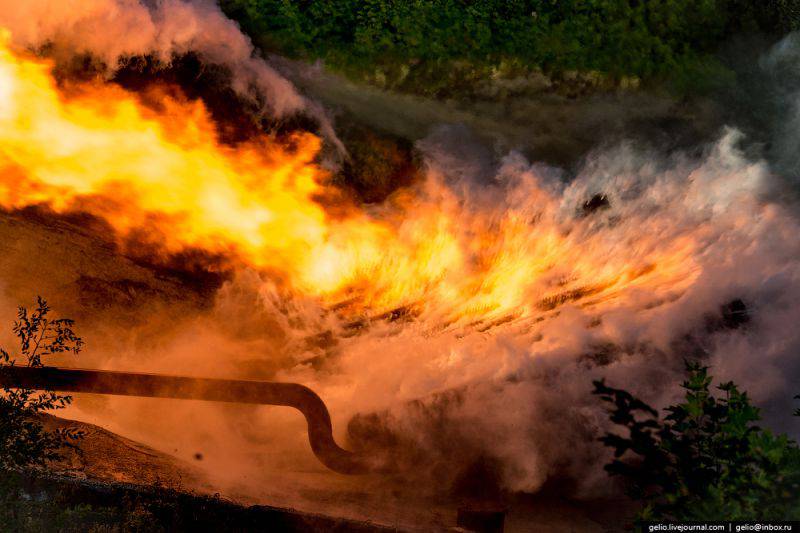
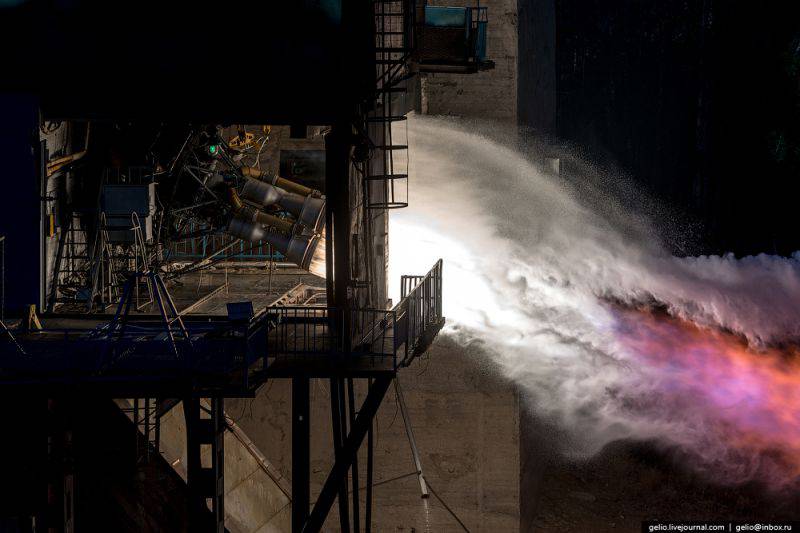
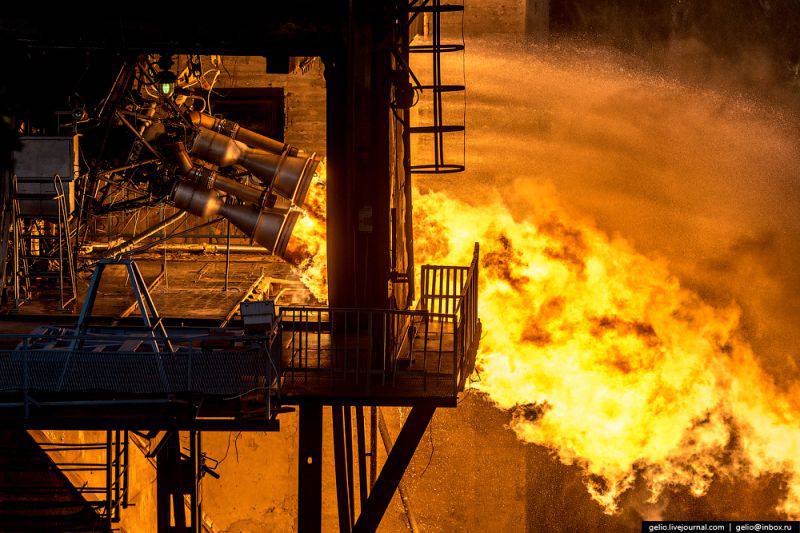
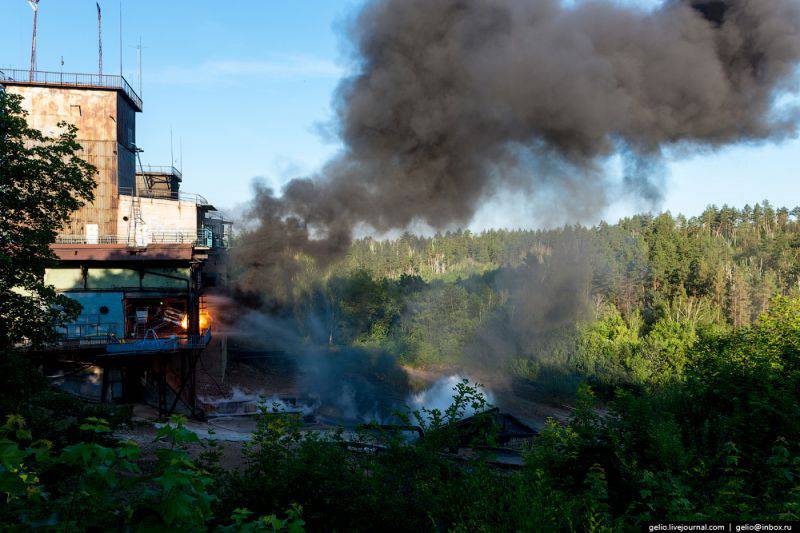
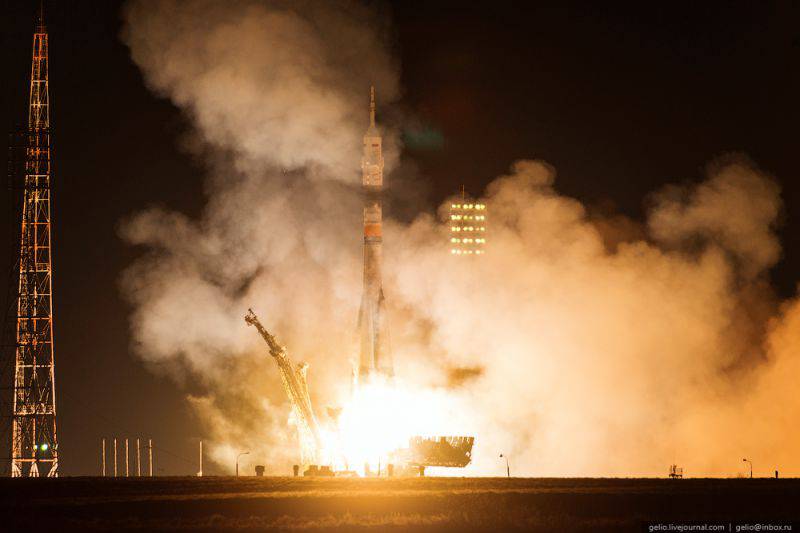
Information